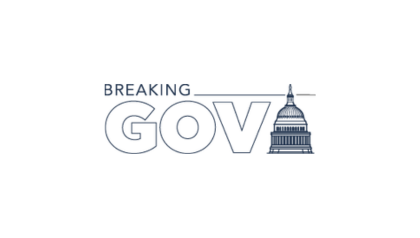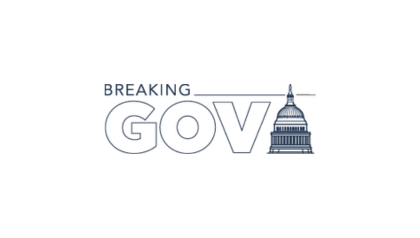 With the cost of lighting accounting for more than a third of the energy bills at most federal facilities, officials at the General Services Administration know that it will take more than upgrading to newer florescent and LED lighting to make government buildings more energy efficient. It also means finding ways to efficiently install an array of new and smarter technologies.
With the cost of lighting accounting for more than a third of the energy bills at most federal facilities, officials at the General Services Administration know that it will take more than upgrading to newer florescent and LED lighting to make government buildings more energy efficient. It also means finding ways to efficiently install an array of new and smarter technologies.
The stakes, however, are significant. GSA boasts a portfolio of federal buildings that amounts to nearly 10,000 assets. The upshot, though, is that those buildings offer a rich laboratory to evaluate green technologies. Keep reading →
 Healthcare is experiencing an unprecedented transformation.
Healthcare is experiencing an unprecedented transformation.
 How will the wide-scale adoption of always-on connected devices change the environment for federal leaders?
How will the wide-scale adoption of always-on connected devices change the environment for federal leaders?

 For state chief information officers, life at the office has become delicate high-wire act. While under pressure to continue delivering legacy information technology services that are critical to day-to-day operations, CIOs still have to keep up with the surging demand for new IT services, such as mobile- and cloud-based computing.
For state chief information officers, life at the office has become delicate high-wire act. While under pressure to continue delivering legacy information technology services that are critical to day-to-day operations, CIOs still have to keep up with the surging demand for new IT services, such as mobile- and cloud-based computing.
 Forget haunted houses, tacky Halloween costumes, and increasingly vitriolic campaign rhetoric. What’s scaring us the most this October? Cybersecurity threats – particularly those against the federal government.
Forget haunted houses, tacky Halloween costumes, and increasingly vitriolic campaign rhetoric. What’s scaring us the most this October? Cybersecurity threats – particularly those against the federal government.